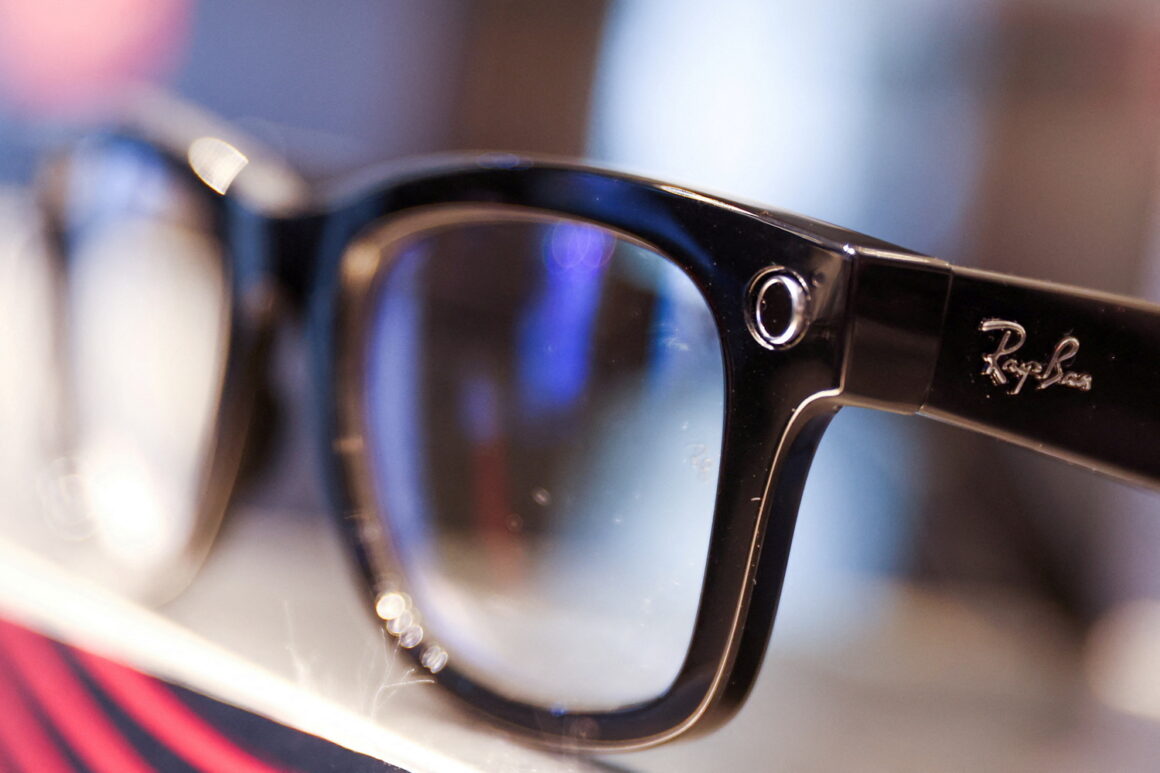For companies involved in manufacturing and selling wholesale sunglasses to retail partners, establishing proper scientifically based pricing frameworks is absolutely essential for sustaining profitability and success when bringing eyewear products to market.
The experts at Olympic Eyewear say that carefully calculating optimal pricing requires thoroughly factoring in key elements like manufacturing costs, brand positioning, competitive landscape analysis, and segmented pricing opportunities across both products and sales channels.
Understanding the Complete Costs of Production

The first critical step when endeavoring to determine accurate baseline pricing thresholds for wholesale sunglasses is gaining an intimate understanding of your complete costs of manufacturing and production.
This includes assessing all expenses related to raw materials, labor, shipping and logistics, plus proportional overhead and financing costs involved in making the products.
Having a clear breakdown of per unit costs ultimately empowers and drives the minimum wholesale price point required before losing money on sales.
Factoring in Brand Positioning and Perceived Value
When formulating pricing models, manufacturers must also consider how pricing aligns with the brand’s positioning and personality within the competitive market. Wholesale pricing should make sense given the reputation and value proposition a label has built.
Premium sunglass players can logically justify higher wholesale pricing tiers through brand elements like decades of brand equity, innovative proprietary lens technologies, exclusive designer collaborations, and consumer recognition of quality construction.
Pushing elevated price points requires ensuring the enhanced value provided consistently matches promises embedded in elevated pricing.
Conversely, wholesale brands positioning themselves as budget friendly or affordable fashion should ensure pricing remains modestly competitive to deliver fundamental style options and baseline UV protection at lower cost rates in line with brand identity.
Pricing frameworks should authentically reflect and reinforce the brand promises that attract a label’s core demographics and customer base.
Researching and Responding to Competitor Pricing

Wholesale pricing also requires thoroughly researching and assessing comparable product offerings and current price ranges from direct competitor brands and products.
This competitive analysis provides a benchmark to gauge appropriate pricing levels based on what consumers expect and are accustomed to paying for relatively equivalent sunglasses across the category landscape.
Ongoing periodic reevaluation of competitors’ pricing models and rate adjustments allows an organization to determine if modifications may be necessary to remain positioned as intended relative to other players.
Making Data-Based Adjustments Post-Product Launch
Finally, organizations must embrace that initial wholesale pricing models will inevitably require ongoing adjustments and optimization based on sales performance data and customer response once products actually launch.
Early sales numbers consistently lower than internal forecasts and expectations may signal that pricing was mistakenly established too high for the current market.
Before reacting by reducing prices across the board however, brands should first focus on amplifying product visibility and consumer education through expanded marketing campaigns to definitively determine if subpar sales are tied to true pricing issues rather than simply lack of awareness.
If sales remain perpetually stagnant despite sincere marketing efforts, methodically reducing wholesale cost on struggling models may succeed in growing unit orders from retailers.
However, reactive price-slashing should still be avoided, as setting pricing far below competitors likely signals an undervaluing of the brand’s worth. Ongoing analysis, small tweaks, and pricing strategy refinement will be required to keep growth and success sustainable over the long term.
Conclusion

Intelligently and profitably wholesale pricing sunglass products fundamentally requires proactively factoring in all available data like real production expenses, brand reputation, current competitive offerings, and post-launch sales response analytics.
Following structured pricing framework models tailored specifically to your organization’s unique products, brand identity, and target markets optimizes the potential for building a healthy, thriving sunglass wholesale business.


